Methods of production: a composite chord using natural and synthetic ingredients Olfactory group: oriental, subgroup: animalistic Position in the olfactory pyramid: middle and base notes In perfumery, there is often confusion between ambergris and amber. One of them is a product of the vital activity of sperm whales, the other is a fantasy perfume accord. The latter, in turn, can also have a variety of olfactory characteristics, ranging from soft oriental to woody-animalistic. The note of amber in perfumery is, most often, vanilla, vanillin, Toluan balm and labdanum mixed in certain proportions. The fragrance of this composition can be called soft, sweet, slightly leathery, balsamic and woody. However, this is just the basis of the amber chord. Perfumers often enrich it with benzoin, musk, incense, etc. Chemists have also developed and continue to develop amber odorants, substances with a strong woody smell, dry, persistent and very diffuse. Their list is huge. Among the popular ones are Cedramber, AmerXtreme, Ambrocenide, Norlimbanol, Timberol, Trisamber, Ambermax and many others. The olfactory profiles of these components are also very different. For example, Cedramber smells of dry cedar wood, from where it got its name, Timberol contains nuances of tobacco and cocoa, and Ambermax has a smell very complementary to incense. The source of natural plant amber is still considered to be labdanum (from which ambrein is obtained) and Toluan balm. In modern perfumery, amber components are used in the vast majority of fragrances, and thanks to their variety, this is possible even in the lightest and most transparent compositions. In addition to the main aromatic characteristics, the amber note is able to create volume, depth and saturation of the composition. Examples of perfumes with a note of amber can be L'Eau d'Ambre L'Artisan Parfumeur, Amber Demeter Fragrance, Noble Boadicea the Victorious, Les Nombres d'or Ambre Mona di Orio and many others.

0%

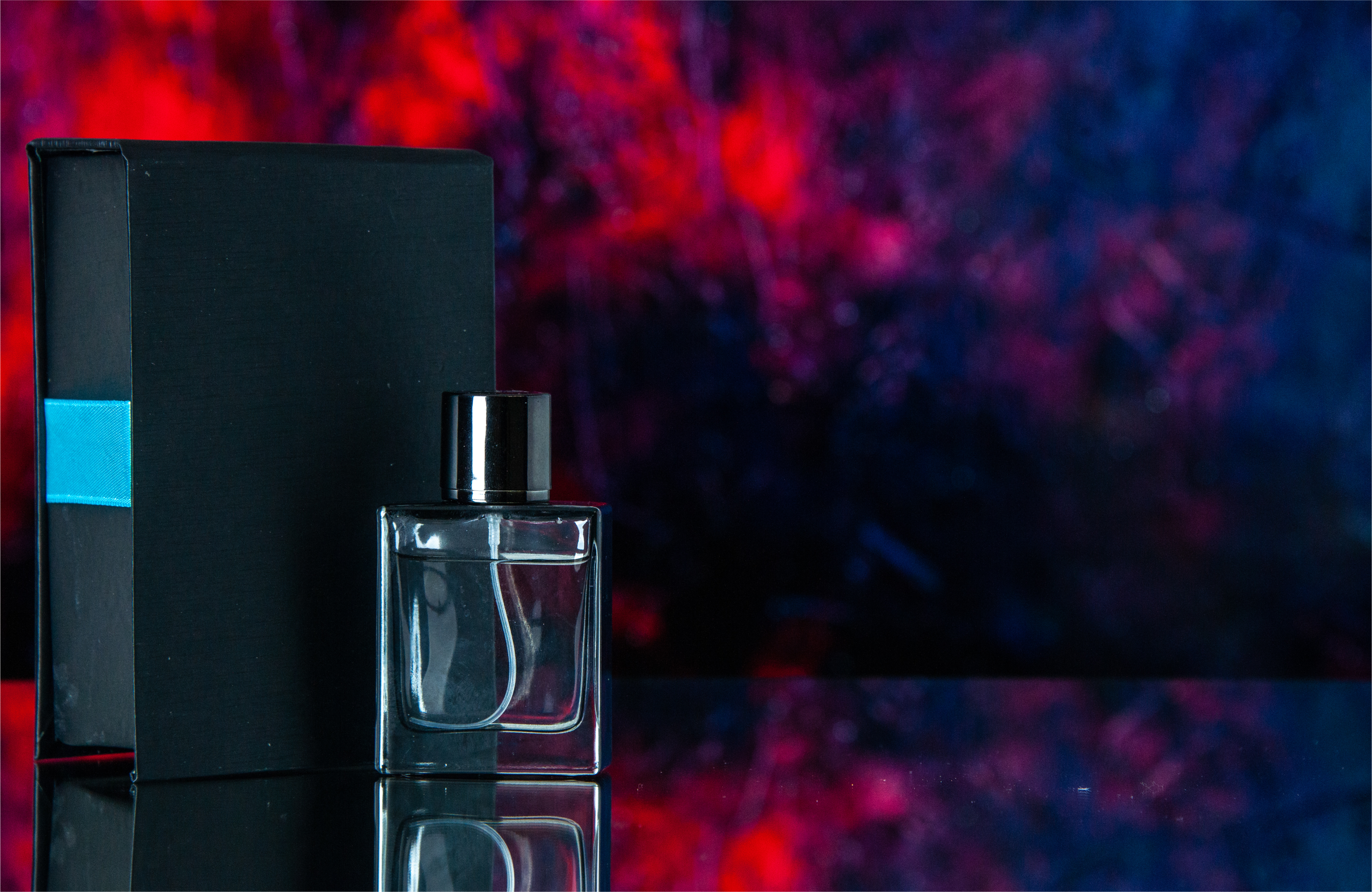
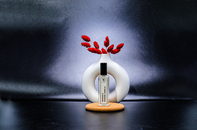

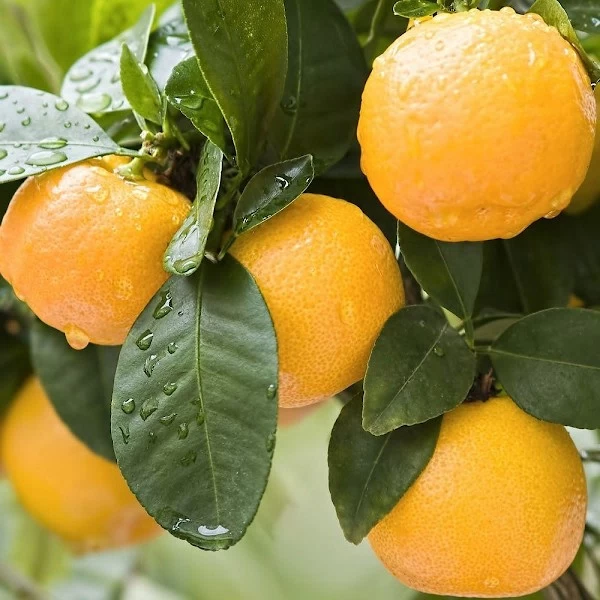
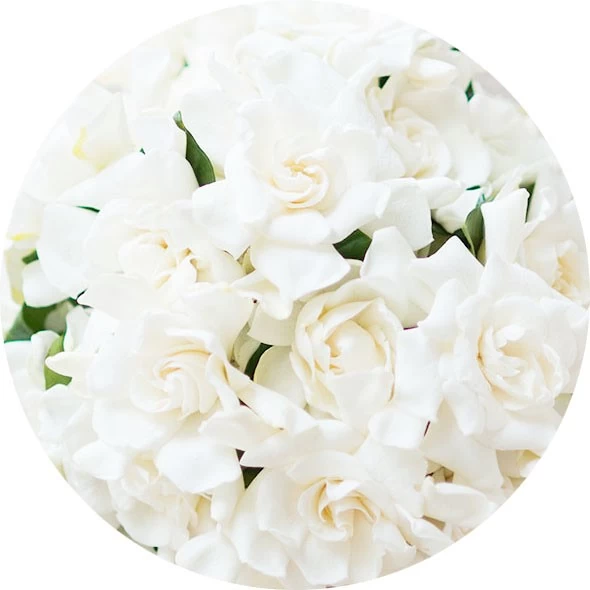
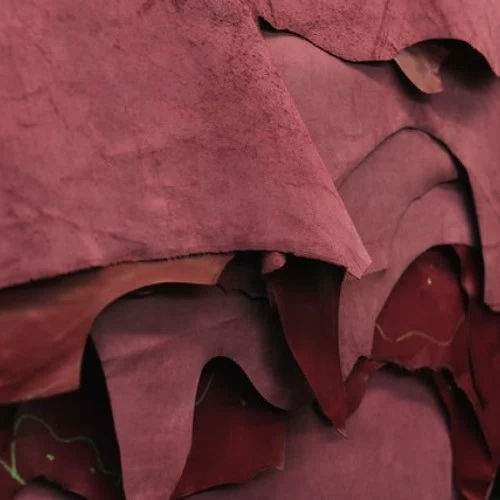

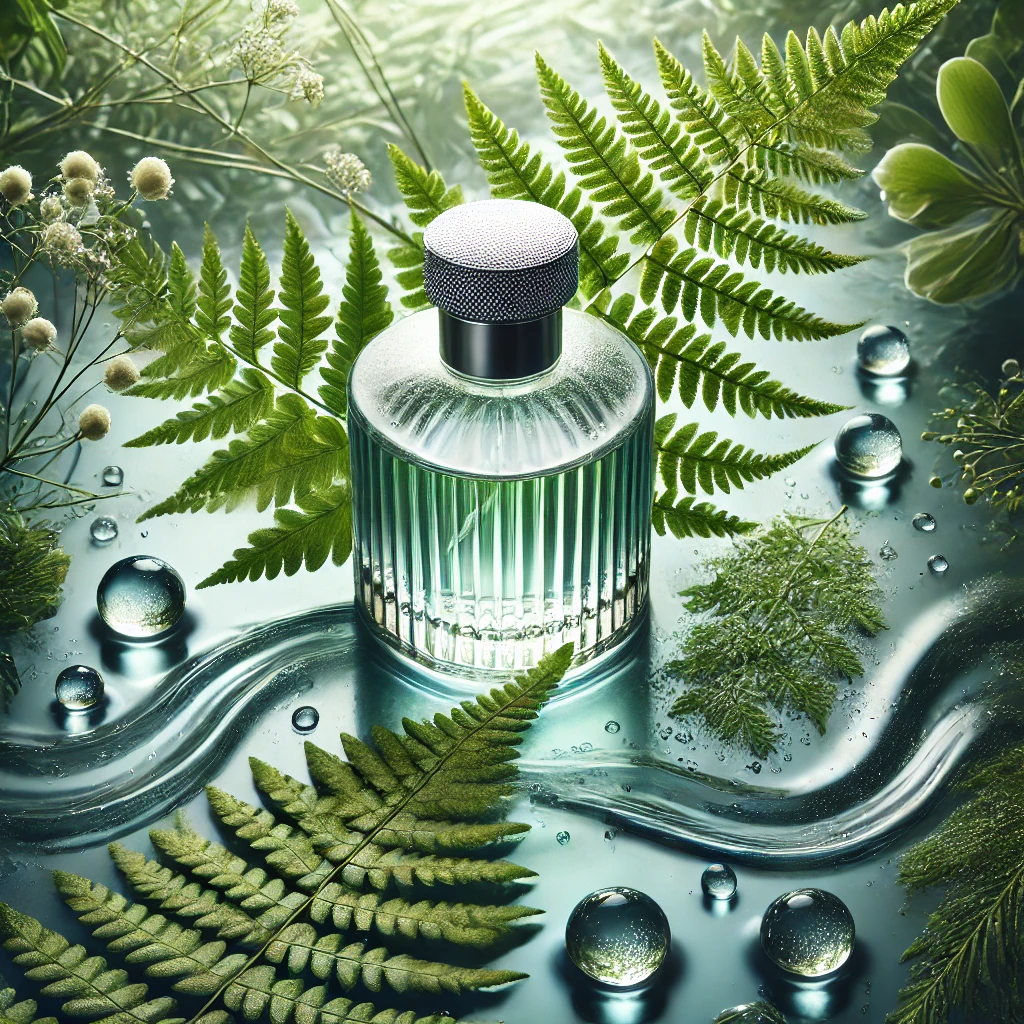
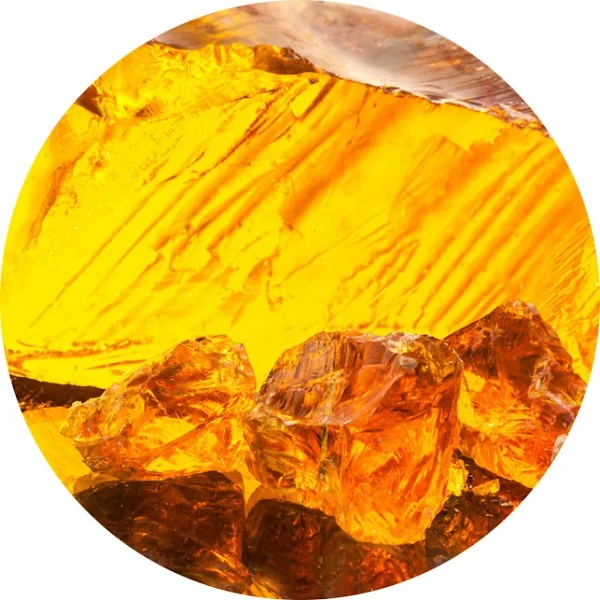
.svg)
